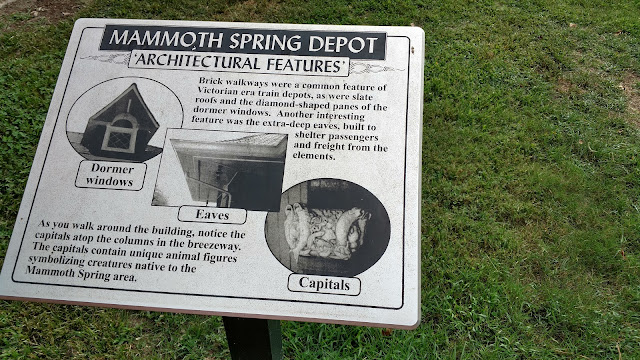We called about 3:00PM for a reservation. The woman answering the phone assured us they had room and asked what time we would get there as they close at 5:00PM. She said if we didn't make it by then, she would leave our information on the board and we could settle up in the morning....perfect. We did actually make it right before closing.
View of some of the many pull-throughs.....oh, wait....that is Mary Jane parked right in front of me, lol.
I think this may be the Indian Chief rock but I have to admit I didn't see it.
There we are again. The pile of dirt/gravel on the right is there for a project keeping sites level.
I didn't get the best picture of the pool as the sun was in the wrong place but it was a lovely pool in a very natural setting.....not large but really nice and a cool spa as well.
Lots of Indian spirits here.
Great deck overlooking pool.
View looking toward Lake Buchanan. Cottages on the water front.
You are right next to the dam.
A nice spot to contemplate the lake view from a bench. This park is great. The only drawback is that you have to watch for grass spurs......recommend taking your shoes off at the door....this is heading towards west Texas although it is still the Texas Hill Country so grass spurs are not unexpected.
I did manage to extend the trip just a little bit longer because Mary Jane and I parked at Lake Pointe RV Park on Canyon Lake....almost home but not there. Dave did manage to come out and spend Thursday night and then Steve and Helen came with the grandkids for the weekend. We did have a great camping spot over the Labor Day weekend simply because a number of people coming from the Houston area cancelled due to all the flooding there from Hurricane Harvey. We had a great time with only one minor hiccup. I am used to my black tank holding up for about three weeks. Add four extra people and....whoops...we filled up on Sunday. Morgan woke up needing to use the bathroom in the middle of the night. We had a coffee can in the toilet for emergencies but she came out saying it was full. Grandma was about to take her outside to a bush next to the woods when Dad popped up and walked her a block down to the portapotty. Good thing too because she needed more than a bush as it turned out. Great Dad. Should mention that there was a portapotty because the park was having a leak problem with the bathrooms closest to our camping area. Monday morning, Labor Day, I told the office about our problem and they had someone come in on his day off to pump our tanks. Nice service and he got a nice tip because I was really grateful. Breaking camp and going to the dump station for one day was not an enticing prospect. We had a great time. Kids and grandkids left Monday afternoon late and I stayed one more night before heading into town. By Tuesday afternoon, the RV was unloaded and back in storage. I'm always sad when a trip ends.



































































